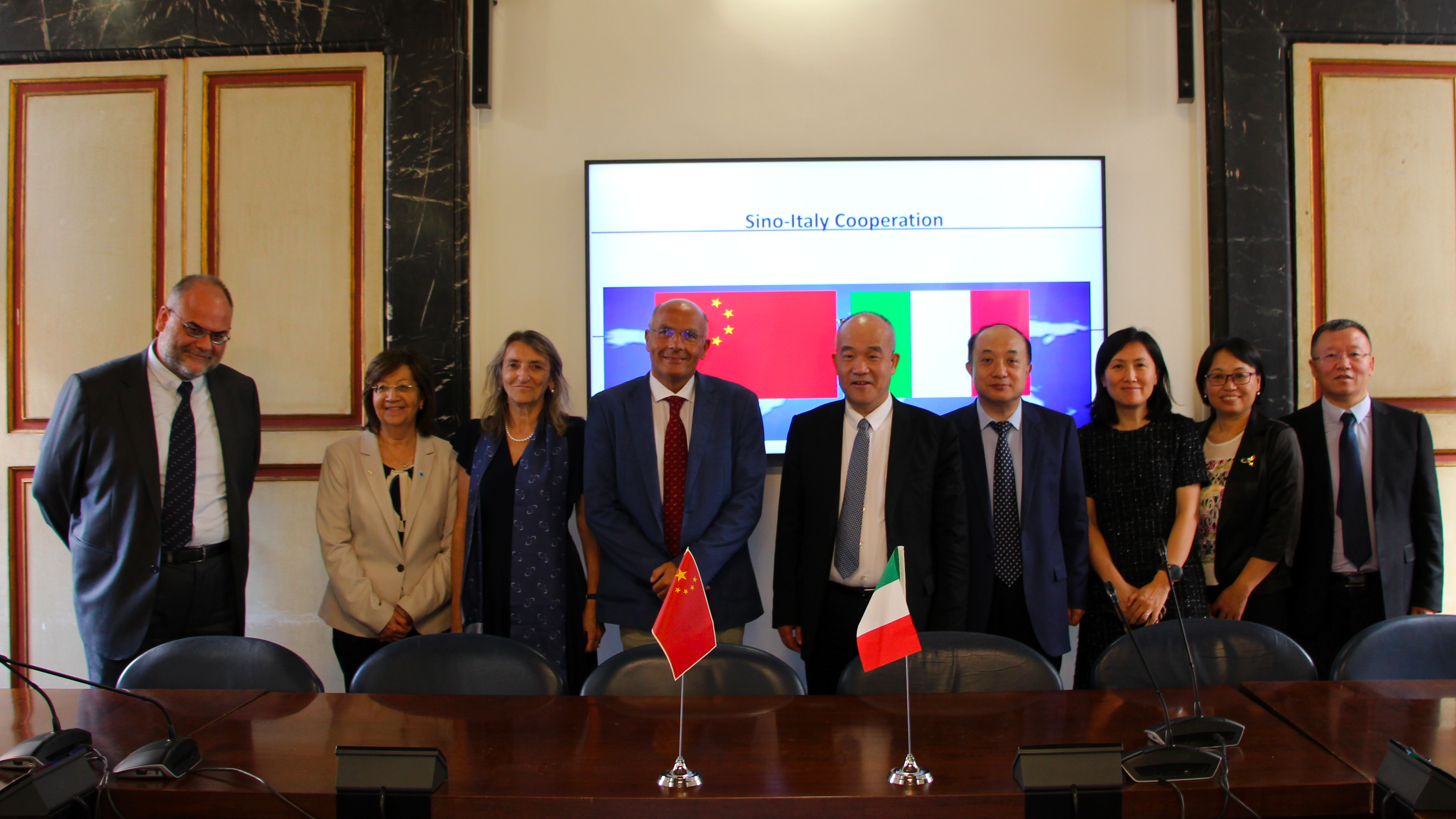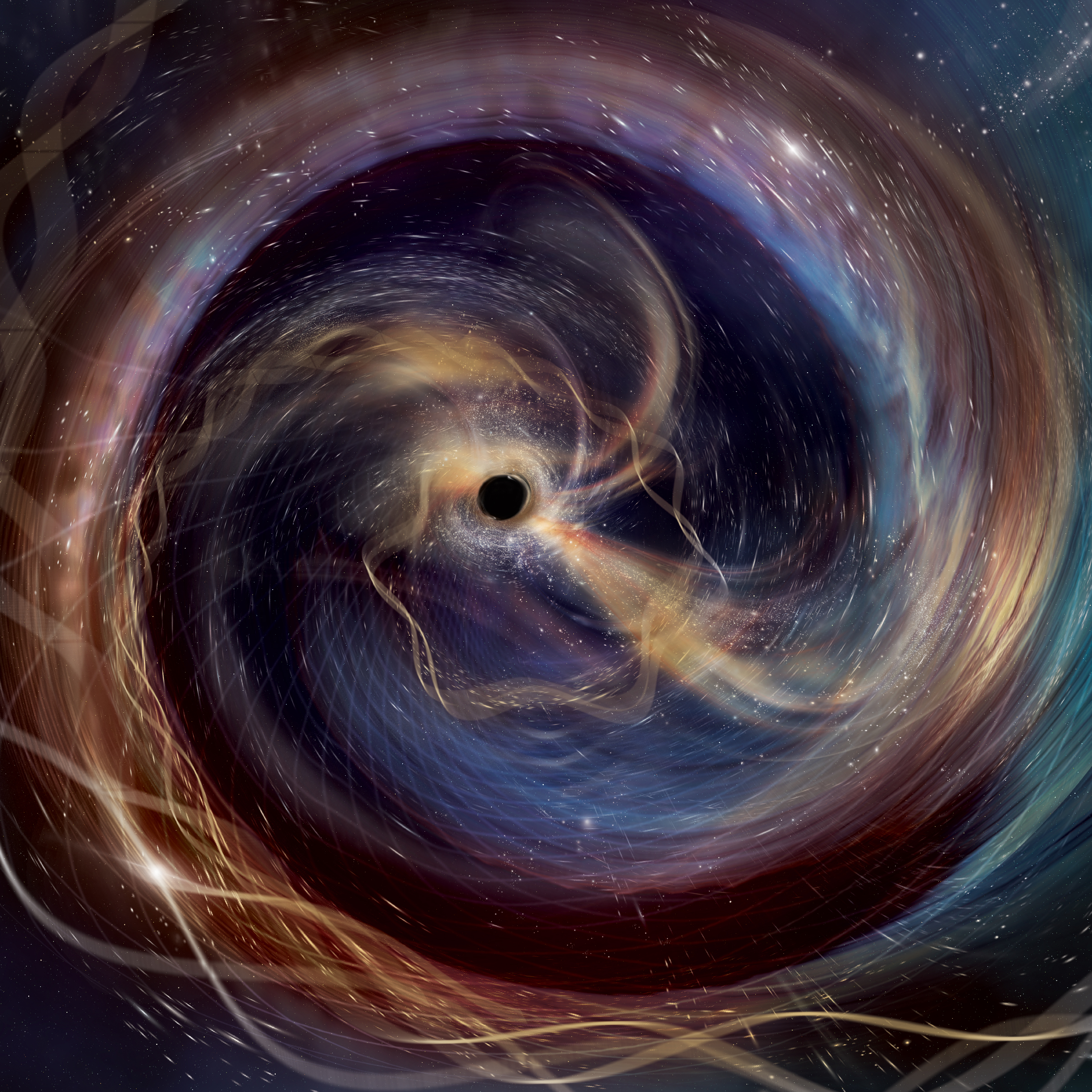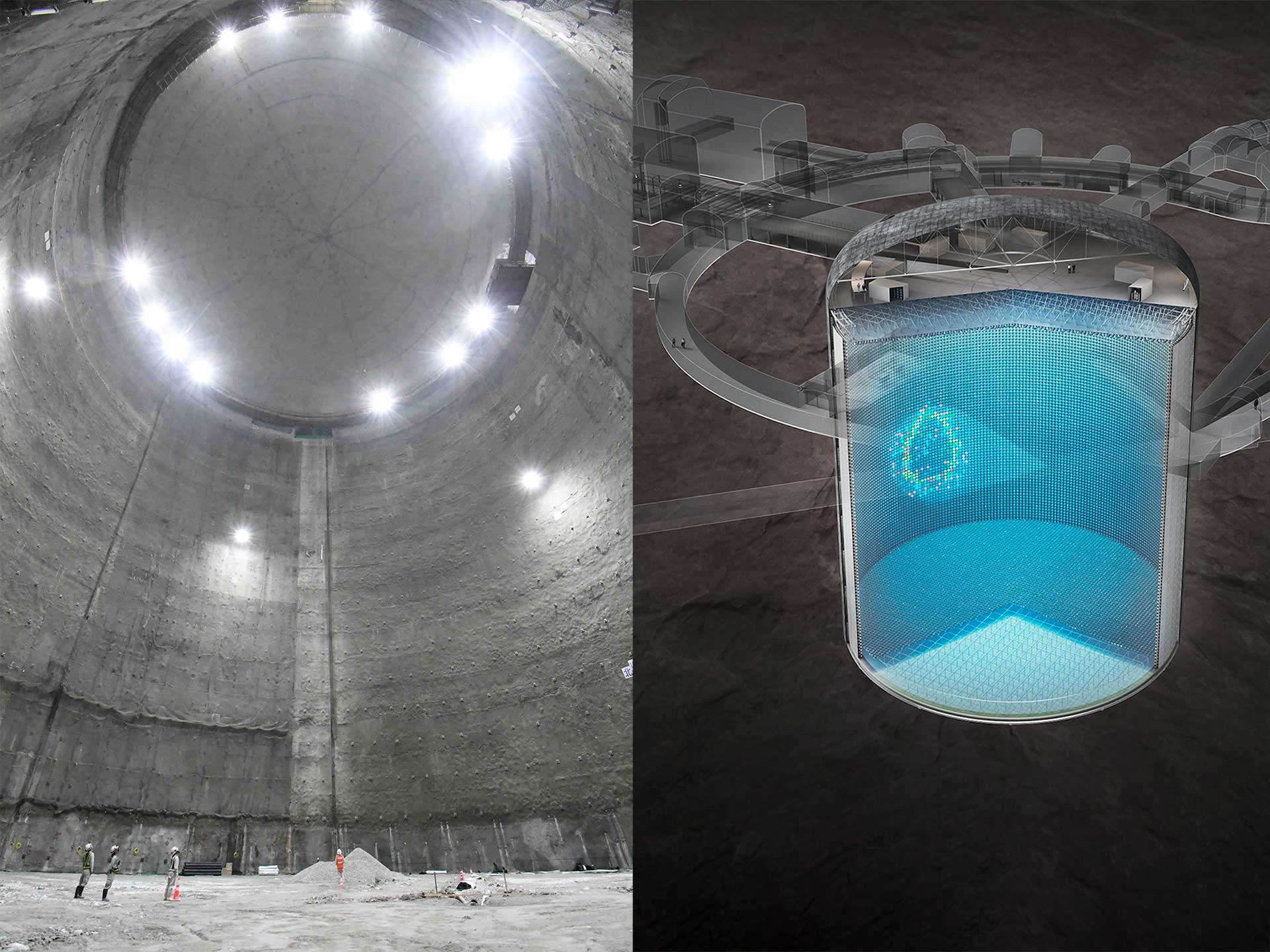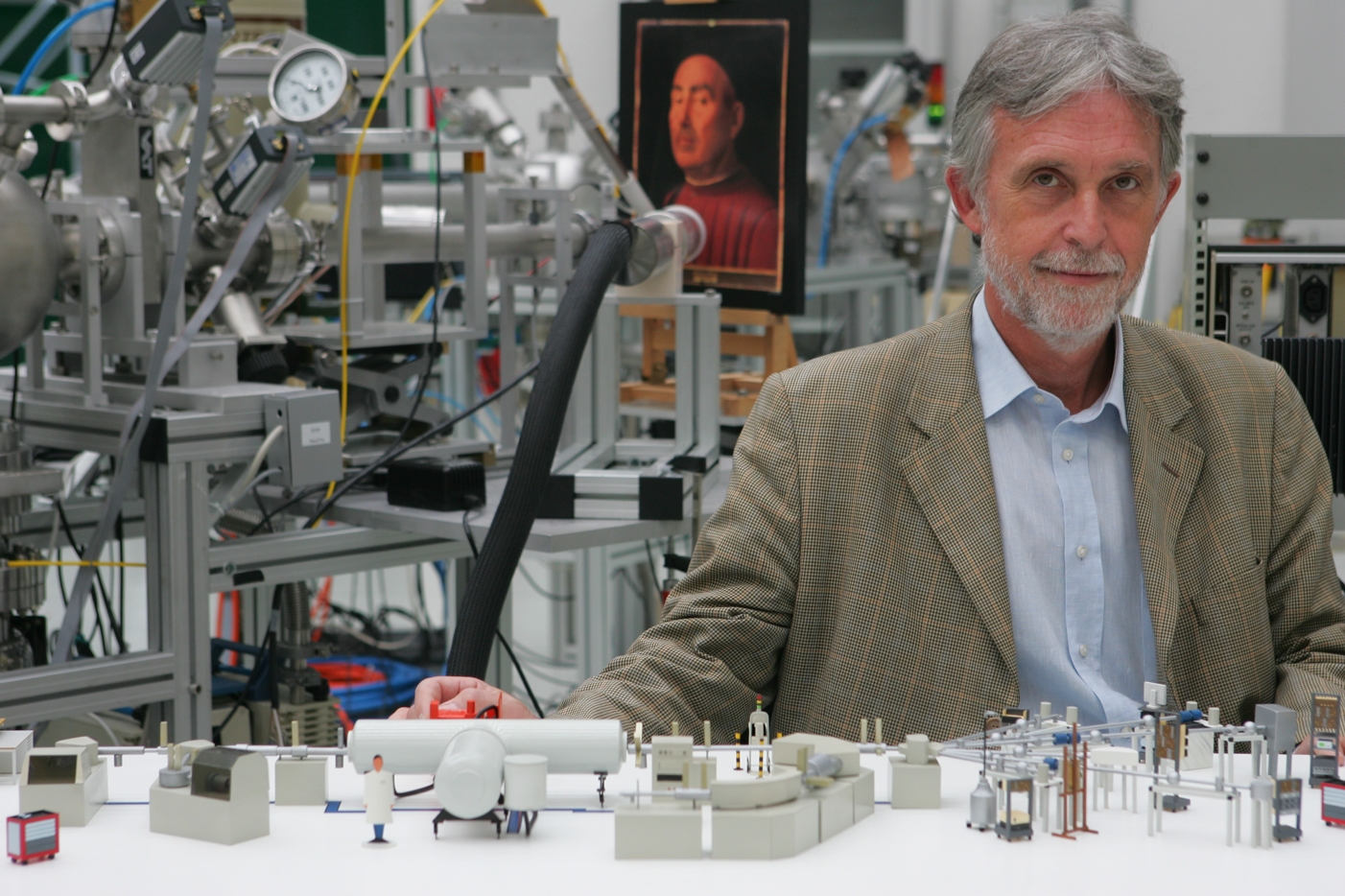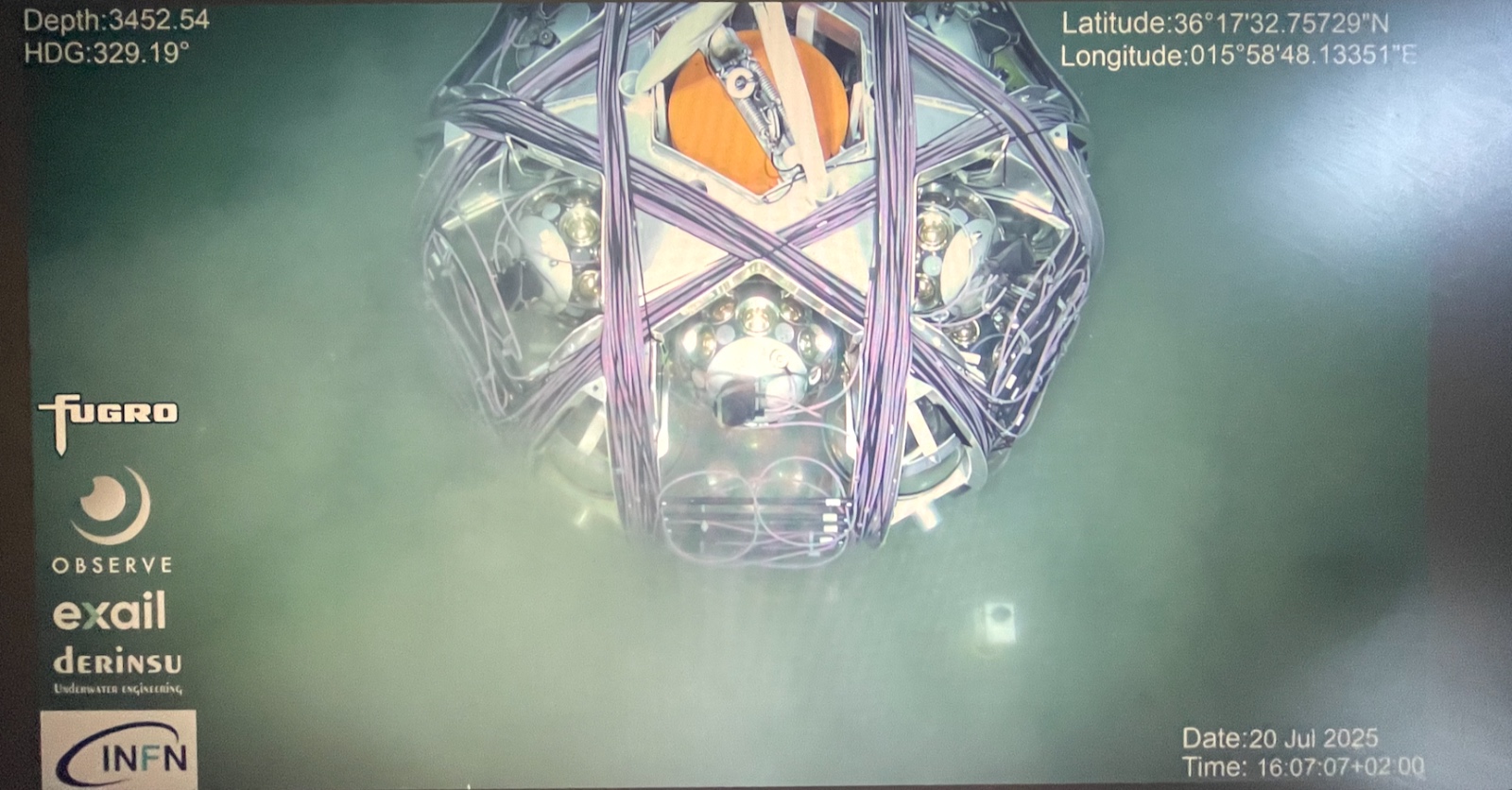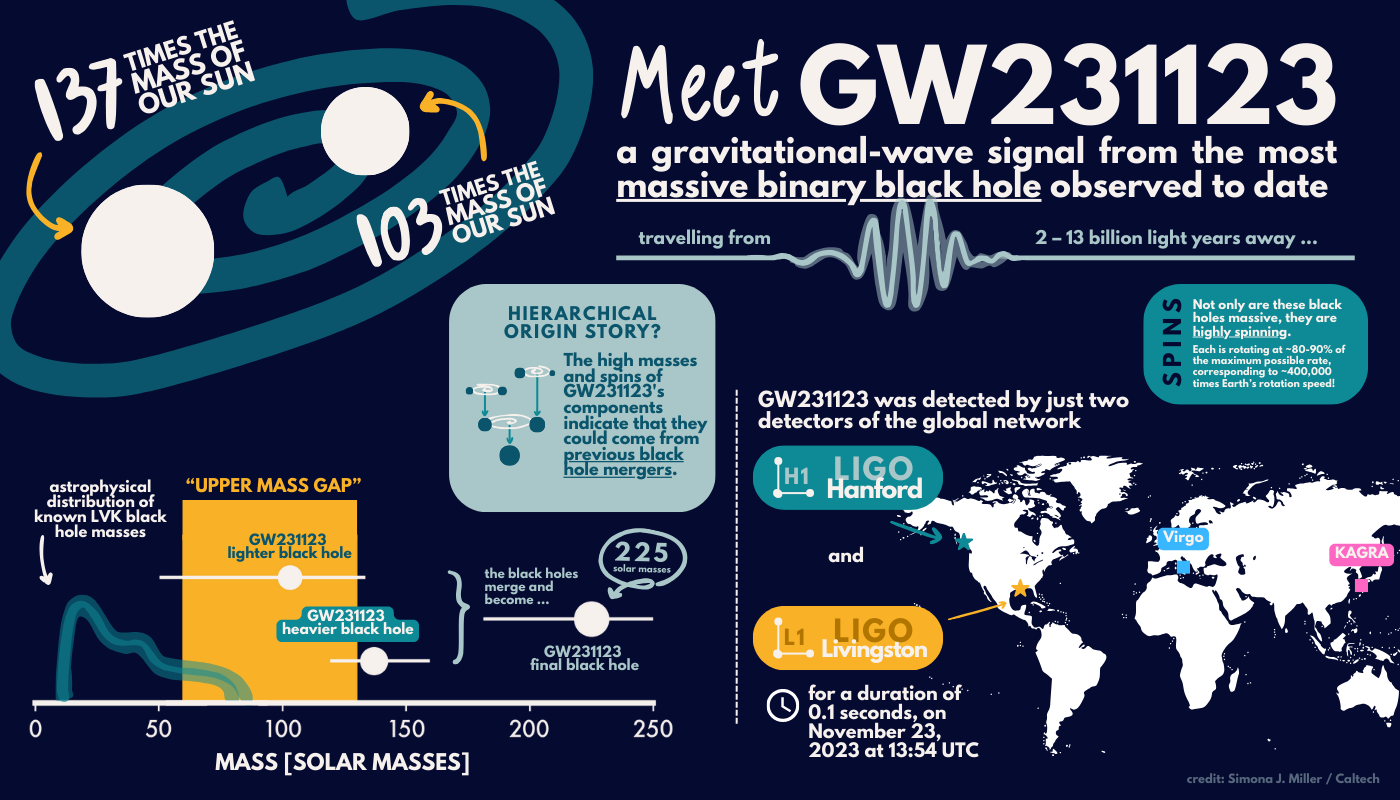 Giuseppe Battistoni is to become the new director of the TIFPA (the Trento Institute for Fundamental Physics and Applications), the INFN’s National Centre dedicated to particle physics research and the development of cutting-edge technologies in sensoristics, space research, supercomputing and biomedicine. Battistoni, who will take up his post this coming 2 September, to replace Marco Durante, has dedicated the last fifteen years of his career applying nuclear physics and particle physics to medicine, focusing especially on hadrontherapy. This field deals with both developing Montecarlo simulations and experimenting with nuclear processes relevant to the therapy, as well as taking part in developments of techniques for live monitoring of treatments. TIFPA grew out of joint cooperation between the INFN, the University of Trento, the Bruno Kessler Foundation and the Provincial Health Service Authority (APSS) and has become a unique project in Italy, on account of its ability to integrate basic research, technology transfer and innovation, while also involving infrastructures such as the Centre for Materials and Microsystems, the ECT centre for theoretical physics of FBK and the new accelerator for oncological protontherapy run by the APSS.
Giuseppe Battistoni is to become the new director of the TIFPA (the Trento Institute for Fundamental Physics and Applications), the INFN’s National Centre dedicated to particle physics research and the development of cutting-edge technologies in sensoristics, space research, supercomputing and biomedicine. Battistoni, who will take up his post this coming 2 September, to replace Marco Durante, has dedicated the last fifteen years of his career applying nuclear physics and particle physics to medicine, focusing especially on hadrontherapy. This field deals with both developing Montecarlo simulations and experimenting with nuclear processes relevant to the therapy, as well as taking part in developments of techniques for live monitoring of treatments. TIFPA grew out of joint cooperation between the INFN, the University of Trento, the Bruno Kessler Foundation and the Provincial Health Service Authority (APSS) and has become a unique project in Italy, on account of its ability to integrate basic research, technology transfer and innovation, while also involving infrastructures such as the Centre for Materials and Microsystems, the ECT centre for theoretical physics of FBK and the new accelerator for oncological protontherapy run by the APSS.
18 July 2018
